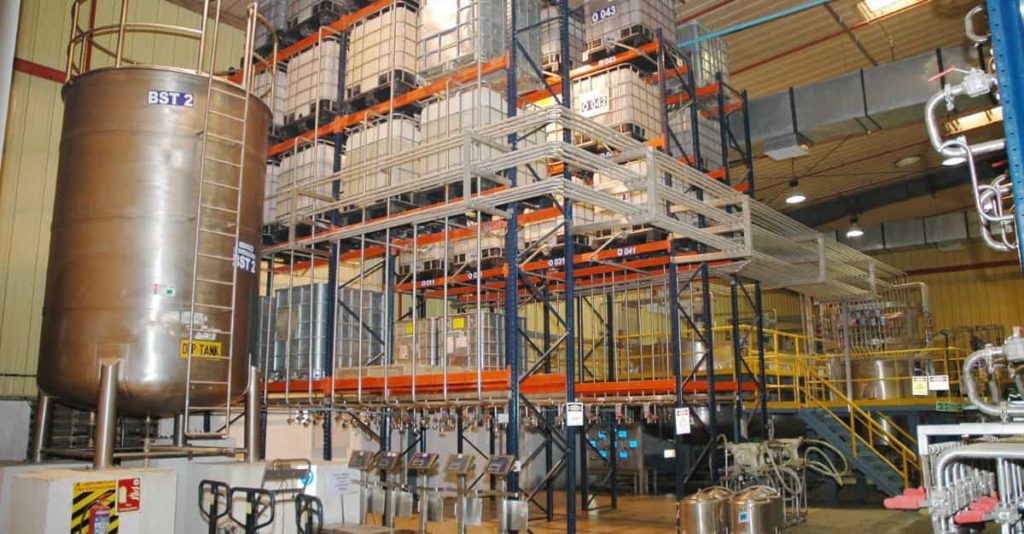What is Utility Piping?
Utility piping is the piping network that transport fluids (liquids and gases) to suit and support specific applications in the process. MEP consultants for industrial projects use their experience and knowledge of piping principles to design a piping system for the process. Moreover, a proper piping design helps in the efficient transfer of fluids.
These utility piping systems do not directly give output but support other process requirements like steam, hot water, chilled water etc. Even though it doesn’t affect the production output, utility piping still has a vital role in the operation of factories.
The utility piping system is designed to cater to the process requirements. Moreover, the MEP consultants for industrial projects design the pipe size and thickness throughout the network. This ensures that the fluid transmitted’s pressure/ temperature /specific characteristics are maintained. Also, there is software available in the market that help MEP consultants design the piping system.
Types of Utility Piping Systems
Utility piping systems can be of the following types:
- Steam piping: for high or low-pressure steam systems.
- Water System: This includes water distribution systems for process, drinking, treatment, and water heating and chilling.
- Wastewater Systems: for effluent handling, wastewater treatment, monitoring of wastewater etc.
- Compressed Air Piping: Compressed air piping system provides pressurised air to usage points.
- Hot Water & Thermic Fluid Systems
- Gas and oil systems
Utility piping systems are in use in various industries. Some of the industries that use utility piping are as follows :
- Pharmaceutical
- Biotech
- Food and beverages
- Chemical
- Textile
- Automotive
- General manufacturing
Conclusion
Finally, to conclude the MEP consultants for industrial projects use best engineering practices and their experience to design optimal utility piping. Additionally, this also helps to optimise the project cost.












